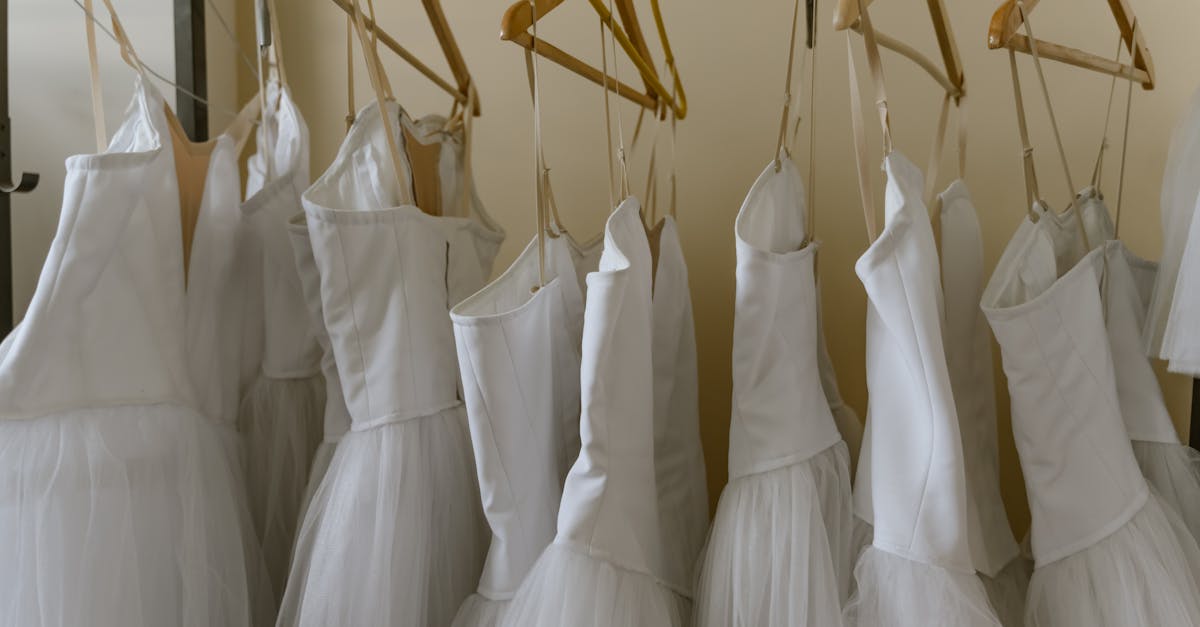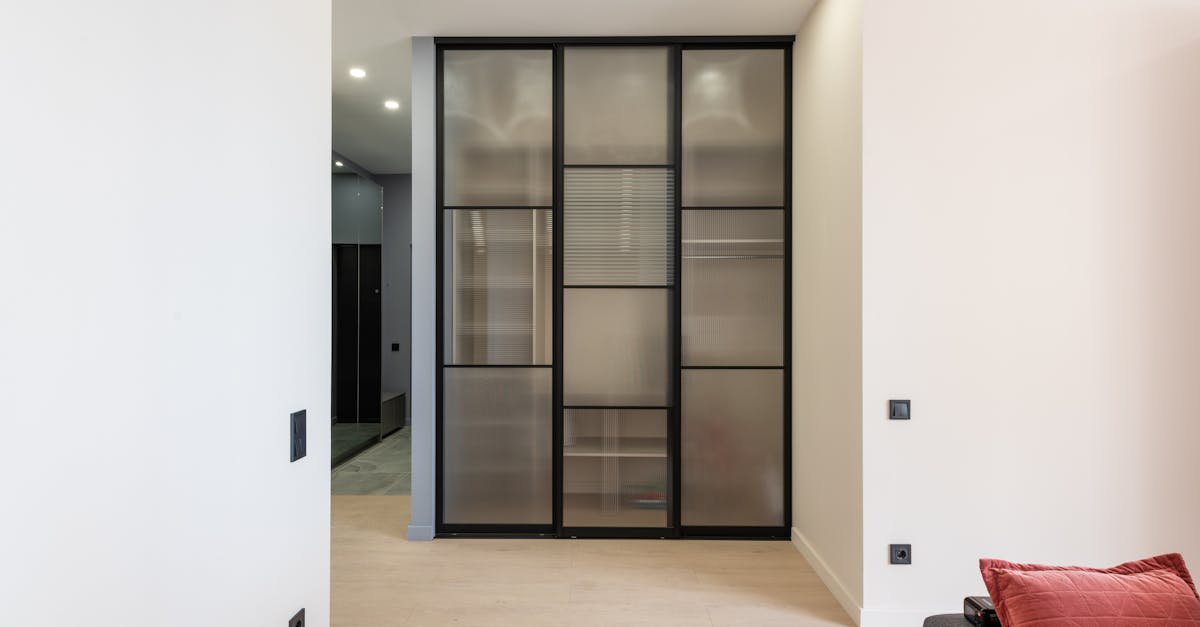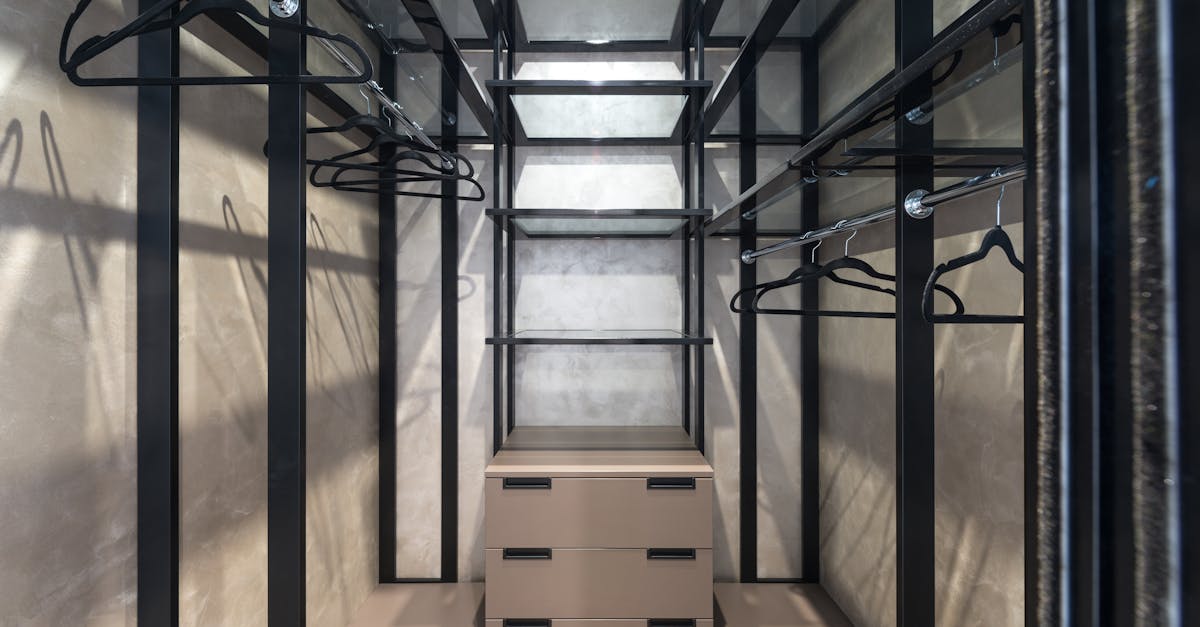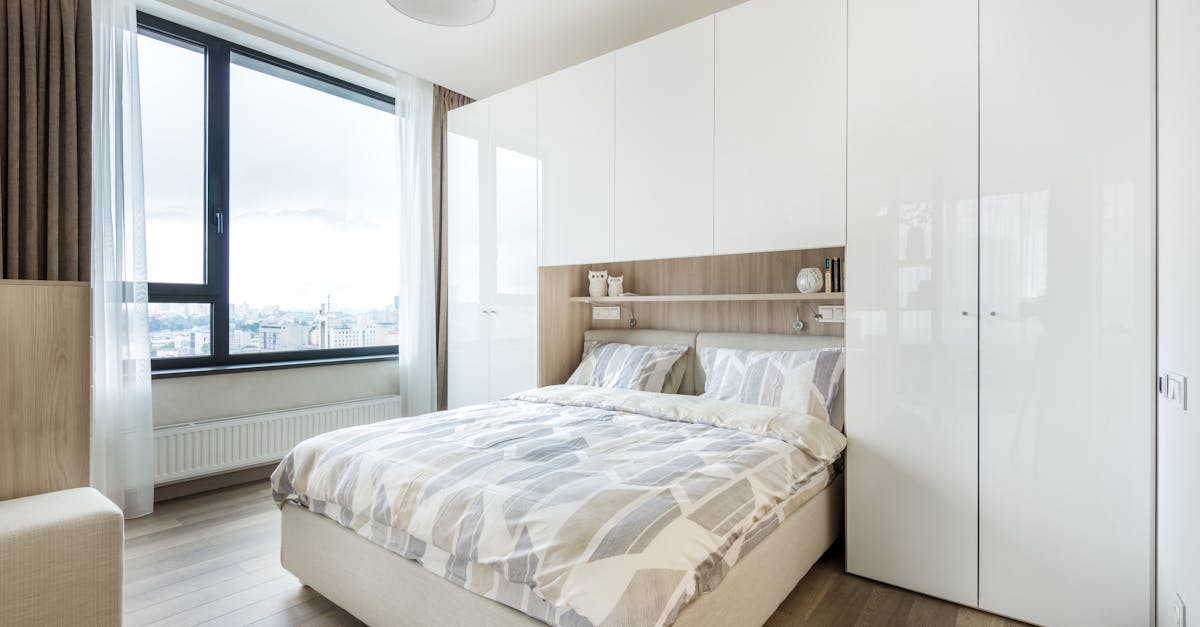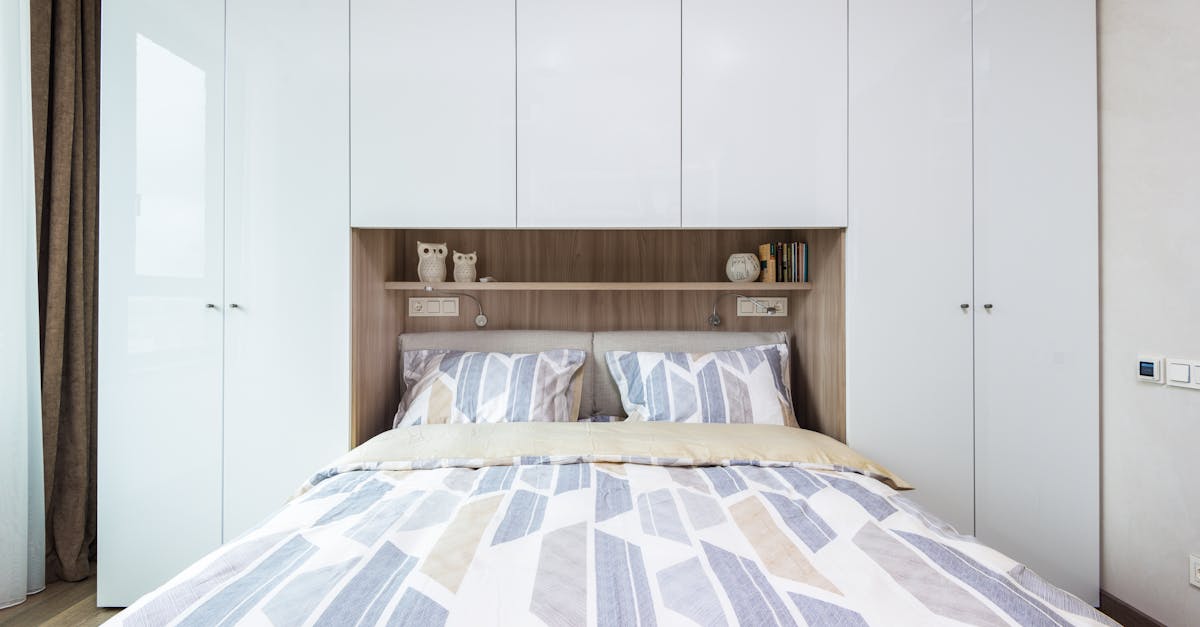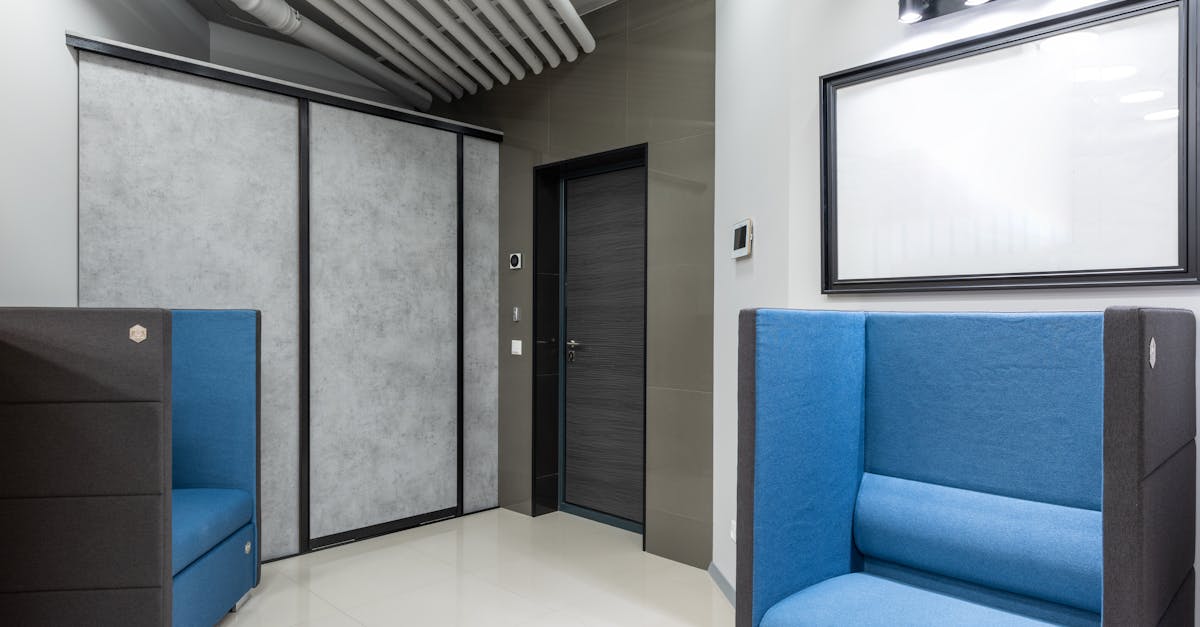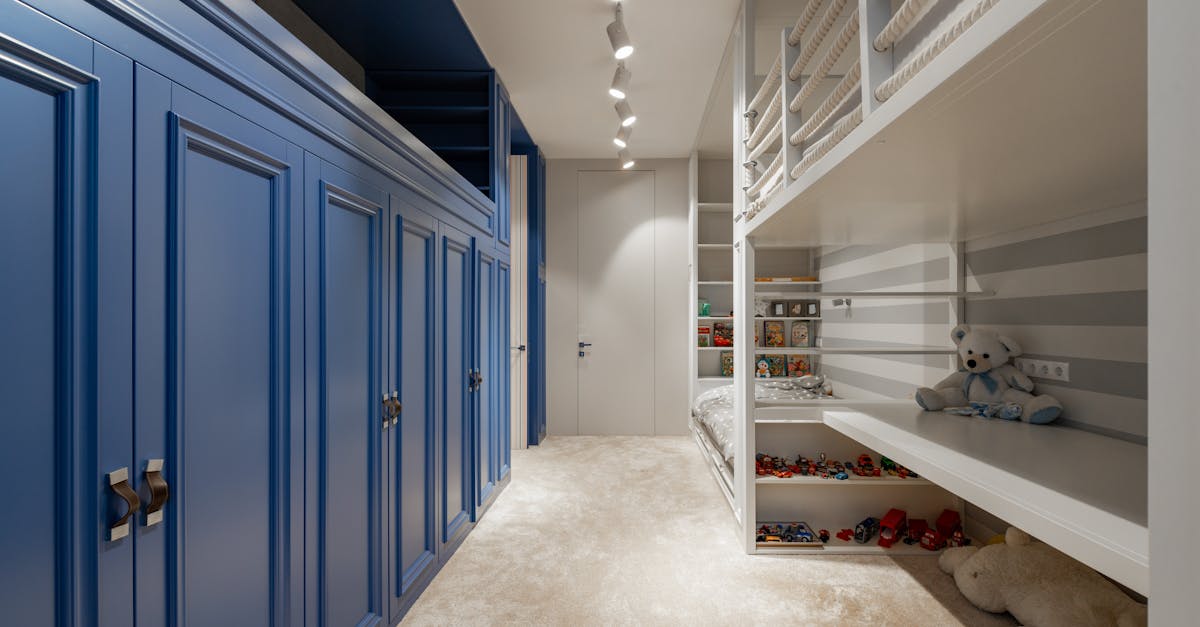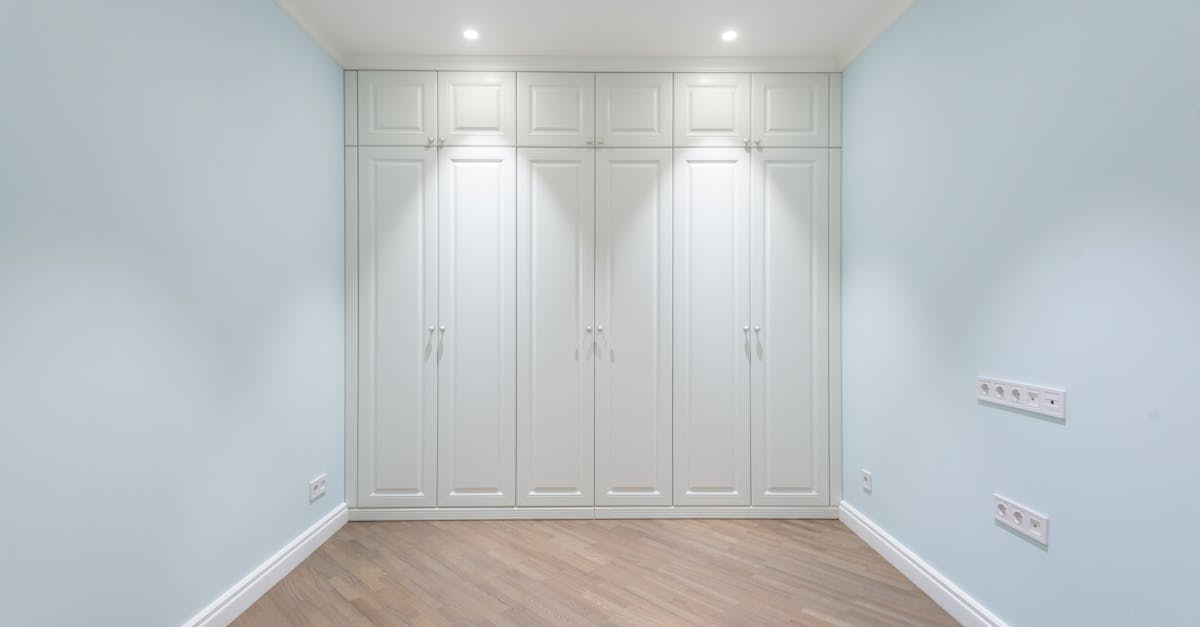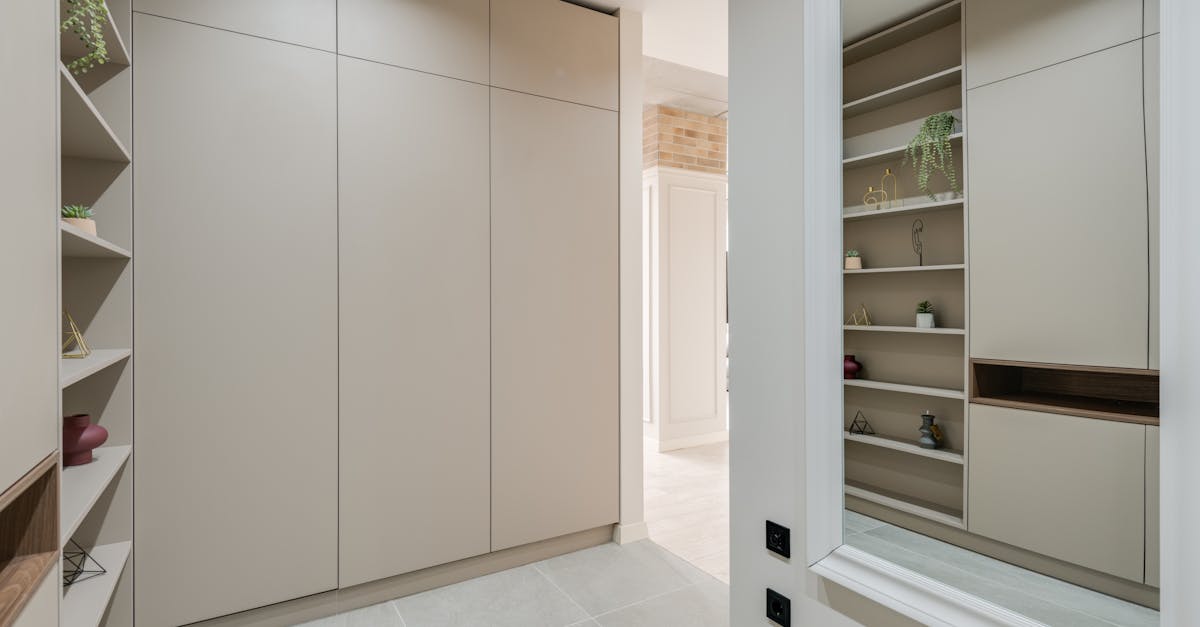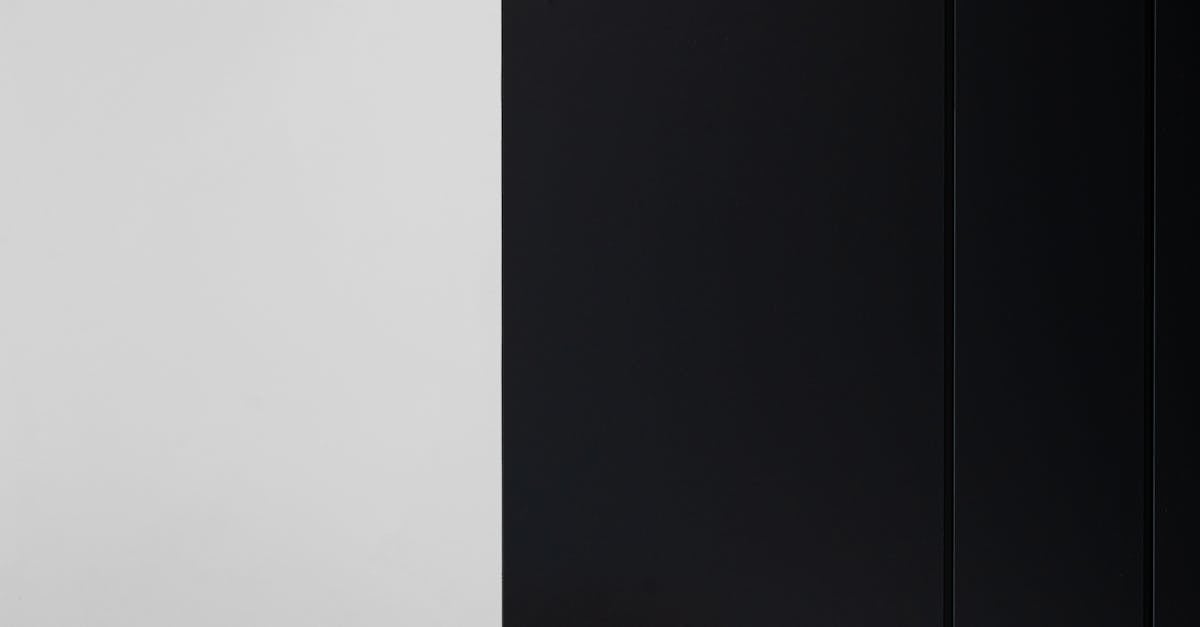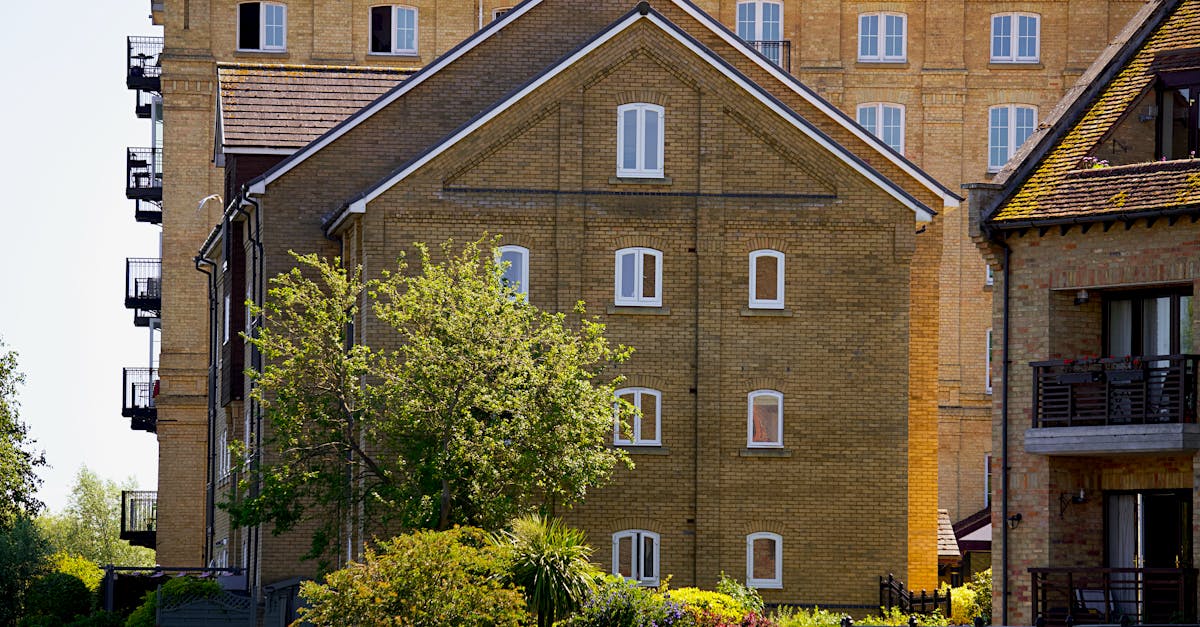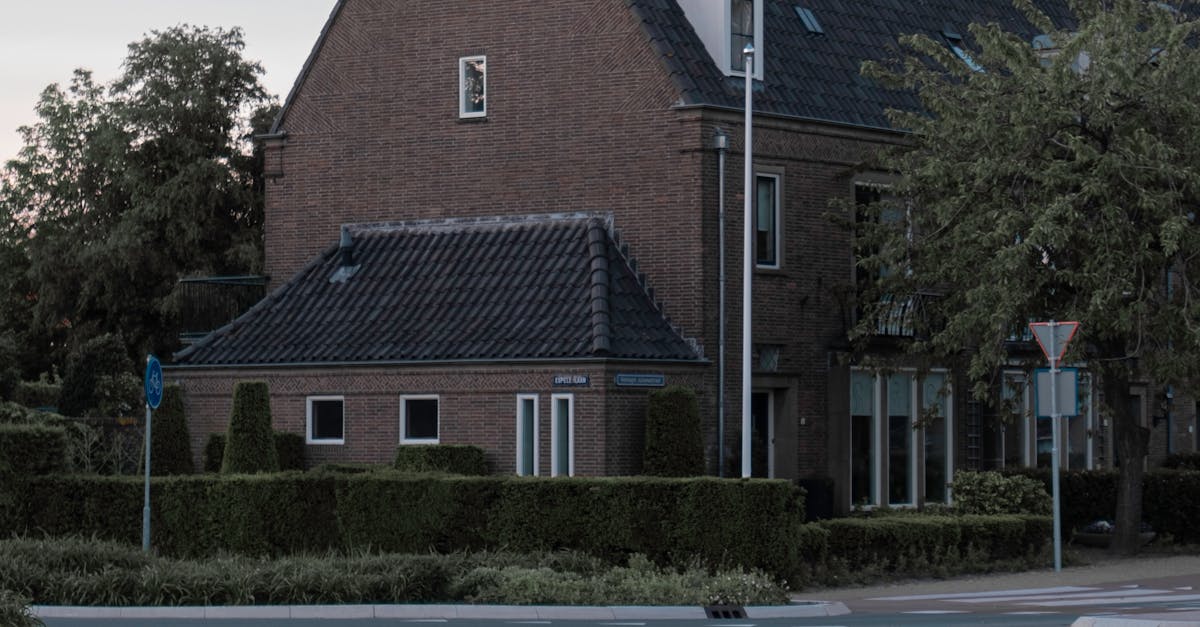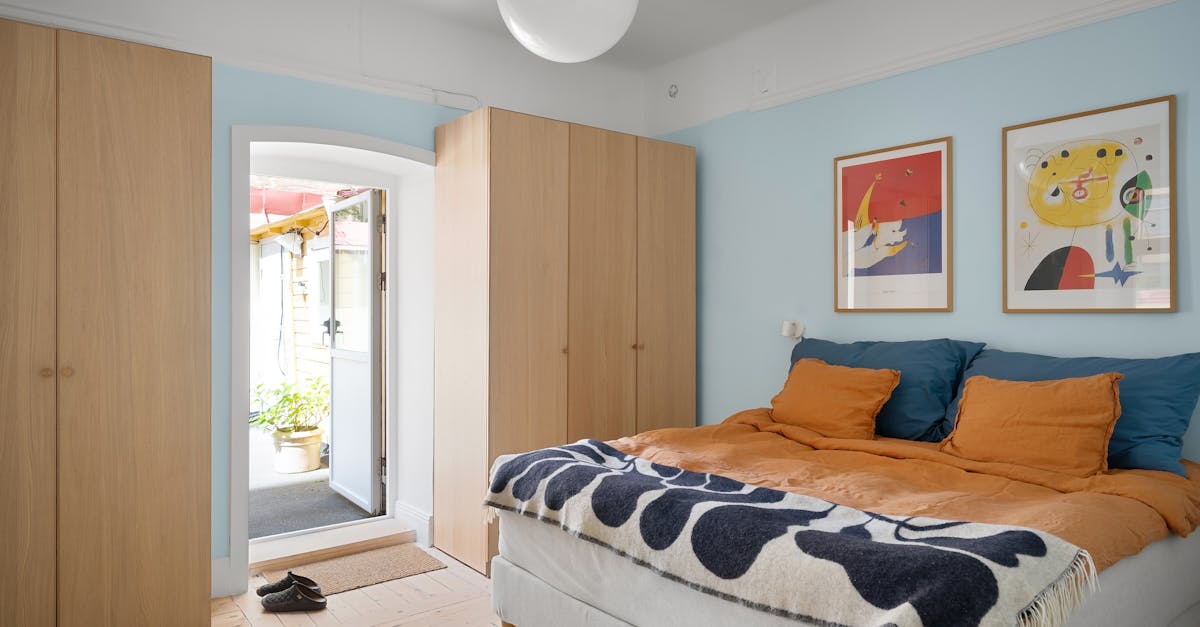
Table Of Contents
Applying New Finishes
When considering giving your cabinets a fresh look, applying new finishes can be a rewarding project. Cabinet Refacing and Refinishing in Woy Woy, New South Wales offers a variety of finishes to choose from, including stains and paints that can transform the appearance of your cabinets. Before starting this process, it's essential to properly prepare the surface by cleaning and sanding it to ensure the new finish adheres correctly.
Once the surface is prepped, carefully apply the chosen finish using smooth and even strokes for a professional result. Whether you opt for a bold paint colour or a rich stain, the key is to allow ample drying time between coats to achieve a durable and attractive finish. Remember to follow the manufacturer's recommendations for drying times and application techniques to achieve the best outcome for your cabinet refacing project.
Staining or Painting Options
Staining or painting cabinets is a fantastic way to give your kitchen a fresh and updated look without the hefty price tag of completely replacing them. When it comes to choosing between staining and painting, consider the existing material of your cabinets. If you have natural wood cabinets with beautiful grain patterns you want to show off, staining might be the better option. On the other hand, if your cabinets are made of a material that doesn't feature striking grain details or if you want a pop of color in your kitchen, painting could be the way to go. Cabinet Refacing and Refinishing in Kotara, New South Wales can assist you in selecting the perfect finish to elevate the aesthetic appeal of your kitchen.
Before diving into the staining or painting process, it's crucial to properly prepare your cabinets by cleaning and sanding them to ensure a smooth surface for the new finish. Choose high-quality stains or paints that are specifically designed for cabinets to achieve a professional and durable result. When applying the stain or paint, make sure to follow the manufacturer's instructions carefully to achieve a flawless finish. Whether you opt for a rich mahogany stain to enhance the warmth of your kitchen or a fresh coat of white paint for a modern touch, Cabinet Refacing and Refinishing in Kotara, New South Wales can guide you through the process to transform your kitchen cabinets into stunning focal points of your home.
Installing Updated Hardware
Installing updated hardware on your cabinets can significantly enhance the overall look and functionality of your kitchen or bathroom space. When choosing new handles and knobs, opt for styles that complement the existing design of your cabinets. Cabinet Refacing and Refinishing in St Leonards, New South Wales offers a wide range of hardware options to suit various tastes and preferences.
Ensure proper placement of handles and knobs by positioning them at a consistent height across all cabinets and drawers. This uniformity not only creates a visually appealing aesthetic but also ensures ease of use. To achieve a cohesive look, select hardware that matches the finish of your newly refaced cabinets for a seamless and polished appearance.
Handles and Knobs Placement Tips
When it comes to refacing and refinishing your cabinets, the placement of handles and knobs can significantly impact the overall look and functionality of your cabinetry. Proper handle and knob placement can make your cabinets easier to use and enhance the aesthetic appeal of your kitchen or bathroom. Precise placement is essential to ensure that the handles and knobs are convenient to reach and operate efficiently. To achieve optimal results, consider the size of your cabinets, the type of handles or knobs you have chosen, and the overall design of your space.
Cabinet Refacing and Refinishing in Bondi Junction, New South Wales recommend placing handles and knobs approximately 2.5-3 inches from the edge of the cabinet door or drawer front. This distance allows for comfortable use without hindering the functionality of the cabinets. Additionally, ensure that the handles are positioned at a consistent height across all cabinets for a cohesive and polished look. By following these simple guidelines, you can elevate the appearance of your cabinets and create a more seamless and visually appealing space.
Reassembling Cabinets
Cabinet Refacing and Refinishing in Belmont, New South Wales can be a rewarding DIY project for those looking to update their kitchen on a budget. When it comes to reassembling cabinets after applying new finishes or updating hardware, attention to detail is key. Make sure to align doors and drawers properly to ensure a seamless and professional-looking finish.
One important tip is to check that all hinges are properly attached and screws are tightened. Take care to adjust the hinges so that the doors open and close smoothly without any gaps or misalignments. Once the doors are aligned, ensure that the drawers slide in and out easily and are flush with the cabinet frame. This final step in reassembling your cabinets will not only improve the functionality of your kitchen but also enhance its overall aesthetic appeal.
Aligning Doors and Drawers Properly
When aligning doors and drawers during the cabinet refacing process, take your time to ensure precise placement. Proper alignment not only enhances the visual appeal of the cabinets but also contributes to their functionality. To achieve optimal alignment, make small adjustments and test the doors and drawers multiple times before finalizing their positions. For any difficulties encountered during this step, seeking assistance from a professional can help guarantee a flawless outcome.
Cabinet Refacing and Refinishing in https://amp-upyourresume.com.au, New South Wales. Properly aligned doors and drawers provide a polished look to refaced cabinets. Ensure that the gaps between doors and drawers are consistent and even. This attention to detail will give your cabinets a cohesive appearance and will enhance the overall aesthetic of your kitchen or bathroom. By taking the time to align doors and drawers properly, you can achieve a professional result that will elevate the look of your space.
FAQS
Can I reface cabinets myself?
Yes, you can refinish cabinets yourself with the right tools and knowledge. Refacing cabinets is a great way to give your kitchen a fresh look without the cost of completely replacing them.
Do I need any special skills to reface cabinets?
While some basic DIY skills are helpful, you don't need to be a professional to reface cabinets. With patience and attention to detail, you can achieve professional-looking results.
What are the benefits of refacing cabinets myself?
Refacing cabinets yourself can save you money compared to hiring professionals. It also allows you to customize the look of your cabinets to suit your style and preferences.
Can I change the color of my cabinets when refacing them?
Yes, when refacing cabinets, you have the option to either stain or paint them in a new color. This can dramatically transform the look of your kitchen.
How long does it take to reface cabinets?
The time it takes to reface cabinets can vary depending on the size of your kitchen and the extent of the work needed. On average, it can take a few days to a week to complete the entire process.


